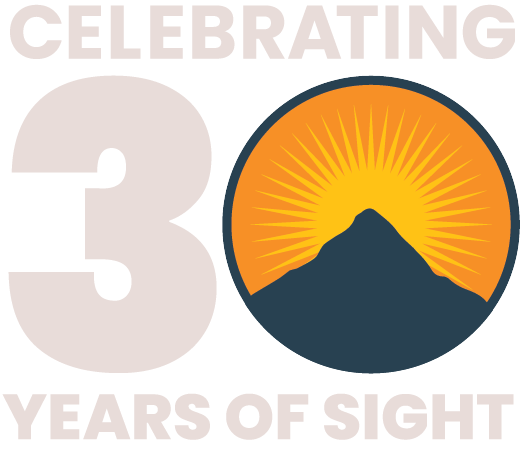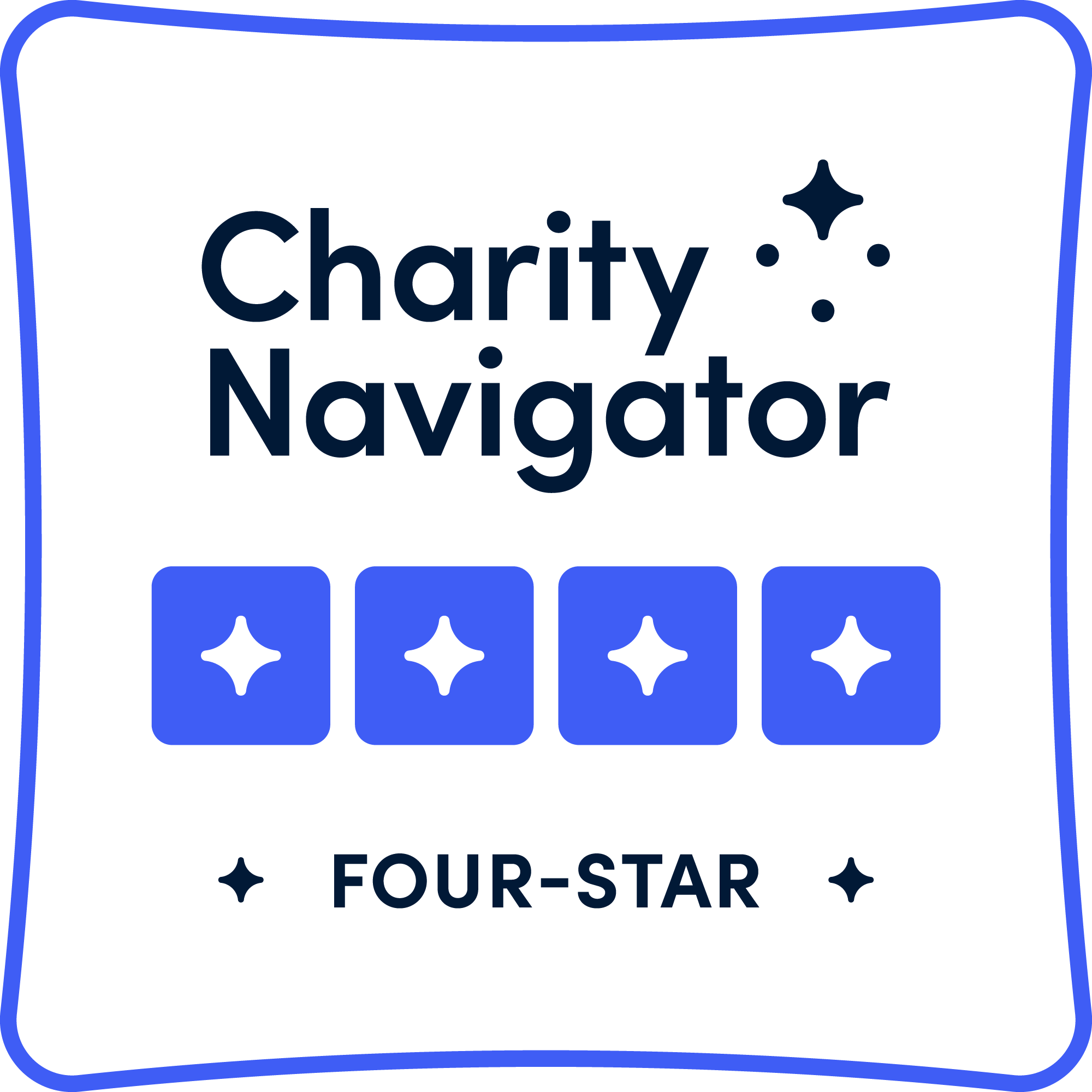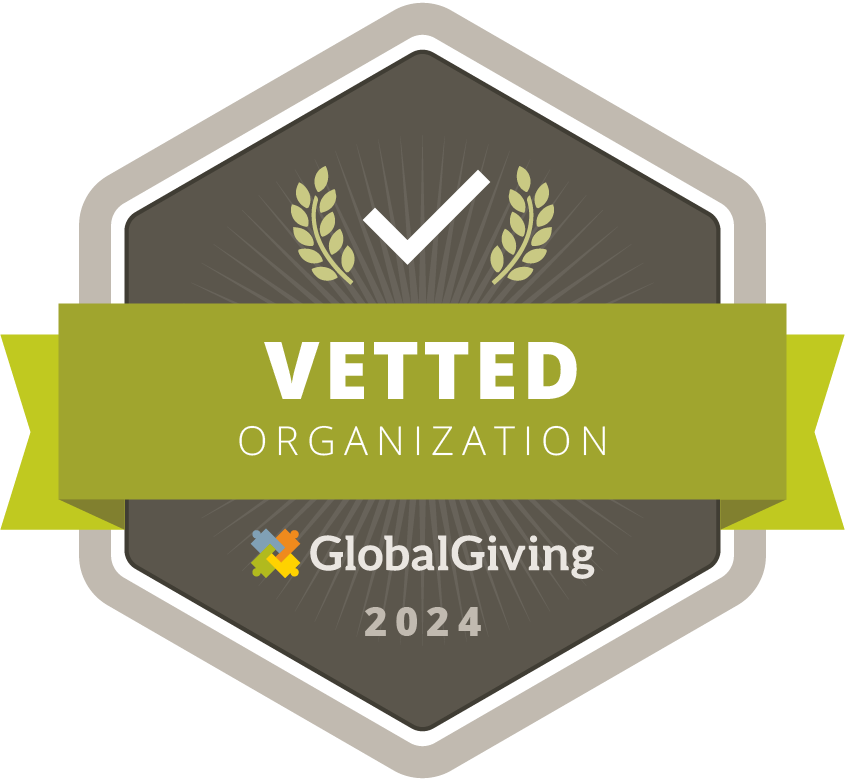New Strategic Plan Will Transform Access to Eye Care Across Ethiopia
Cure Blindness Project worked with Ethiopia’s Ministry of Health to develop and draft the country’s most current strategic plan. The plan aligns with the World Health Organization’s World Report on Vision and key resolutions from the 73rd World Health Assembly and the 75th United Nations General Assembly.
Cure Blindness Project played a significant role in the drafting and development of Ethiopia’s most recent National Eye Health Strategic Plan. The Ethiopian Ministry of Health (MOH) adopted the document in November and will begin implementing it in the new year. This is the country’s fifth strategic plan.
Members of Cure Blindness Project’s Ethiopian team sat on the technical working group, serving as the group’s secretary. Cure Blindness members also participated in the recruitment of a consultant and guided the development, editing and shaping the final plan using World Health Organization (WHO) recommendations as a guide.
“The plan will transform access to eye care across the nation,” says Ageru Kebede Ayana, who represented Cure Blindness Project on the ministry's technical working group. “This plan aligns global eye health priorities and improves eye care services for all Ethiopians.” Ayana manages Ethiopia’s Monitoring, Evaluation & Learning efforts for Cure Blindness Project.
Aklilu Haile, Cure Blindness Project’s Primary Care Manager, also sat on the working group and contributed to the final report.
The newly adopted 3-year strategic plan (2024-2026) aligns with the WHO’s World Report on Vision and key resolutions from the 73rd World Health Assembly and the 75th United Nations General Assembly. These global resolutions call upon countries to ensure access to eye care services as part of their commitment to achieving Universal Health Coverage and contributing to the Sustainable Development Goals (SDGs) by 2030.
In collaboration with WHO and key partners, the MOH conducted an Eye Care Situation Analysis Tool (ECSAT) assessment, which provided critical data on the current state of eye care in the country. This assessment was fundamental in shaping the new strategic plan, ensuring that it addresses the specific eye health needs of Ethiopia using global standards.

How the Plan Elevates Care Across Ethiopia
This strategic plan focuses on integrating eye care at all levels of the healthcare system, particularly through primary eye care services, which are crucial for improving access to care in rural and underserved communities. This step forward promises to reduce preventable blindness, improve overall eye health outcomes, and help Ethiopia in its effort to achieve universal health coverage by 2030.
The plan emphasizes training healthcare professionals in primary eye care, a move that will improve overall care access and quality to ensure every Ethiopians receive the eye care services they need from a wider health service provider.
The plan adopts the WHO’s Integrated People-Centered Eye Care (IPEC) model. This plan reorients the model of care towards primary care, coordinates services within and across sectors and creates an enabling environment.
“This is a major milestone for Ethiopia, and we are honored to have been a part of this historic effort to cure blindness and improve the lives of millions," says Ageru Kebede Ayana. “Ethiopia is setting a strong example for other nations to follow.”






